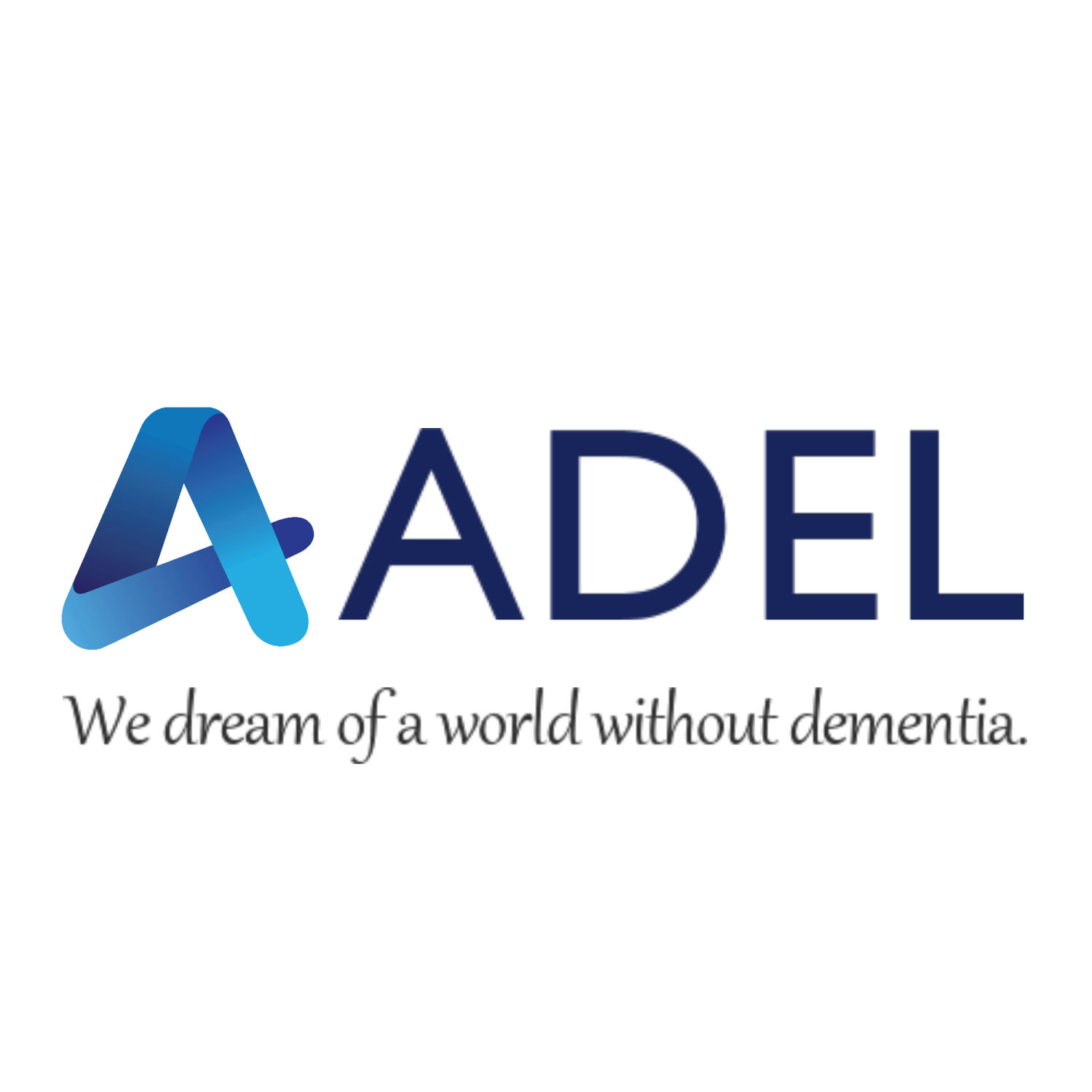预约演示
更新于:2025-12-16
ADEL-Y01
更新于:2025-12-16
概要
基本信息
原研机构 |
非在研机构- |
权益机构 |
最高研发阶段临床1期 |
首次获批日期- |
最高研发阶段(中国)- |
特殊审评- |
登录后查看时间轴
关联
1
项与 ADEL-Y01 相关的临床试验NCT06247345
First in Human, Phase Ia/Ib Study for Safety, Tolerability, Pharmacokinetics, and Clinical Activity Evaluation of ADEL-Y01 in Healthy Participants and in Participants With Mild Cognitive Impairment Due to Alzheimer's Disease or Mild Alzheimer's Disease
This is a Phase Ia/Ib, two-part, randomized, placebo-controlled, double-blinded, first in human(FIH) study to evaluate the safety, tolerability, PK, and PD of ADEL-Y01 in healthy participants in Part 1 and participants with MCI due to AD and mild AD in Part 2. The study includes 2 parts: Part 1 (single ascending dose [SAD] and Part 2 (multiple ascending dose [MAD]).
开始日期2024-02-06 |
申办/合作机构  ADEL, Inc. ADEL, Inc. [+1] |
100 项与 ADEL-Y01 相关的临床结果
登录后查看更多信息
100 项与 ADEL-Y01 相关的转化医学
登录后查看更多信息
100 项与 ADEL-Y01 相关的专利(医药)
登录后查看更多信息
10
项与 ADEL-Y01 相关的新闻(医药)2025-12-16
In its second deal this week, Sanofi is spending $80 million upfront to license an Alzheimer’s drug candidate developed by the South Korean biotech ADEL.
The French drugmaker will get global rights to ADEL-Y01, a monoclonal antibody designed to stop the buildup and spread of a toxic form of tau protein, which plays a key role in Alzheimer’s pathology. The pact could be
worth up to $1.04 billion
when factoring in milestones. ADEL is also eligible for tiered royalties ranging up to the double digits.
ADEL has been advancing ADEL-Y01 with another South Korean biotech called Oscotec, which will be
eligible
for 47% of all the proceeds from the pact, according to Oscotec’s press release in Korean. The drug is currently in first-in-human development in the US. ADEL shared Phase 1a results at the Clinical Trials on Alzheimer’s Disease annual congress earlier this month.
The buildup of toxic “tangles” of tau protein inside neurons is one of the hallmarks of Alzheimer’s disease. But many drug candidates that have targeted tau have ended up failing in mid-stage trials, including
Johnson & Johnson’s posdinemab
and
UCB’s bepranemab
.
ADEL-Y01 targets a specific form of tau that is acetylated at a location called Lysine-280, ADEL said. The biotech hopes that by taking this more selective approach, it can slow disease progression while sparing other, healthy forms of tau that help neurons remain structurally stable.
Sanofi’s ADEL pact follows a separate deal on Monday between the French drugmaker and California startup Dren Bio. Sanofi is paying
$100 million upfront
and up to $1.7 billion in milestones for rights to Dren’s unnamed B cell depleting therapy for autoimmune diseases.
Also on Monday, Sanofi announced that its BTK inhibitor for multiple sclerosis called tolebrutinib
flunked a Phase 3 trial
in a severe form of MS and had its PDUFA date delayed for a different MS indication.
临床1期引进/卖出临床2期临床结果临床3期
2025-12-16
Seeking to scale its dementia pipeline beyond its newly-acquired asset from Vigil Neuroscience, Sanofi forged a licensing pact, potentially worth over $1 billion, securing exclusive global rights to develop and commercialise South Korean biotech ADEL’s investigational Alzheimer’s disease antibody and related backup candidates.The agreement announced Monday, focuses on ADEL-Y01, a humanised monoclonal antibody that selectively targets tau acetylated at lysine-280 (acK280), distinct from total-tau therapies — thereby blocking aggregation and spread of toxic tau species while sparing normal microtubule-associated tau.“ADEL's innovative approach to targeting tau acetylation offers a promising and differentiated mechanism for addressing the underlying causes of Alzheimer's disease,” explained Erik Wallstroem, global head of multiple sclerosis, neurology and gene therapy development at Sanofi.The transaction amounts to a total potential value of up to $1.04 billion, including an $80-million non-refundable upfront payment and potential milestone payments to ADEL, in addition to tiered sales royalties reaching the double-digit range.ADEL-Y01, discovered and developed preclinically by ADEL using its proprietary neural disease research platform, has been co-developed since 2020 through a joint research agreement with Oscotec. The asset is currently being investigated in a global Phase I study.Besides anti-amyloid therapies currently on the market and in development, there’s a growing interest in tau-targeting therapies for Alzheimer's disease. However, the latter have also been dented by development challenges, with major players like Biogen, AbbVie and Eli Lilly having scrapped some of their anti-tau programmes over lack of efficacy in the past. Joining them recently was Johnson and Johnson, which ended a mid-stage study investigating posdinemab in patients with mild Alzheimer's after failing to show “statistical significance in slowing clinical decline."
临床1期引进/卖出
2025-12-16
当地时间 12 月 15 日,赛诺菲先后与 Dren Bio、ADEL 达成了战略合作,两笔交易总金额达 28.4 亿美元。
ADEL
ADEL 宣布与赛诺菲达成一项全球独家许可协议,共同开发和商业化 ADEL-Y01(一种潜在的首创阿尔茨海默病抗体疗法)及其相关备选化合物。
截图来源:美通社
该协议总潜在价值高达 10.4 亿美元。ADEL 将获得 8000 万美元的不可退还预付款,并有资格根据特定开发和商业里程碑的达成情况获得额外付款。此外,ADEL 还有权获得净销售额的分级特许权使用费,最高可达两位数百分比。
ADEL-Y01 是一种人源化单克隆抗体,可选择性靶向赖氨酸 280 位点乙酰化的 tau 蛋白 (acK280)。与靶向总 tau 蛋白的疗法不同,ADEL-Y01 可特异性抑制毒性 tau 蛋白的聚集和扩散(这是阿尔茨海默病病理的关键驱动因素),同时保留正常微管相关 tau 蛋白的功能。
ADEL 利用其专有的神经疾病研发平台,主导了 ADEL-Y01 的整个发现和临床前开发过程。自 2020 年以来,ADEL 通过与 Oscotec Inc. 的联合研发协议,共同开发该药物。目前,ADEL-Y01 正在进行一项全球 I 期临床试验。
截图来源:Insight 数据库
Dren Bio
Dren Bio 宣布已与赛诺菲达成战略合作,共同发现和开发用于治疗各种自身免疫性疾病的下一代 B 细胞清除疗法。
截图来源:企业官网
根据协议条款,Dren Bio 将获得 1 亿美元的首付款,并有资格获得高达 17 亿美元的研发、监管和商业里程碑付款。
双方将利用 Dren Bio 的专有平台,在药物发现和临床前开发活动方面展开合作。在选定候选药物后,赛诺菲将承担后续的开发、生产、监管和商业化工作。
Dren Bio 可以选择与赛诺菲达成美国利润/亏损分成协议。如果选择该协议,Dren Bio 将共同承担 40% 的全球持续开发成本,以换取美国地区的共同推广权以及美国地区利润/亏损的 50/50 分成。Dren Bio 仍有资格获得里程碑付款以及美国以外地区净销售额的分级特许权使用费。
值得一提的是,今年 3 月,双方已经就髓系细胞双抗 DR-0201 达成了收购协议,交易总金额为 19 亿美元,其中首付款 6 亿美元。
DR-0201 现已更名为 SAR448501,目前正在两项 I 期临床试验中进行评估,已显示出显著的 B 细胞清除效果,并有望使自身免疫性疾病患者获得持续的无治疗缓解。
此次签署的新协议将巩固两家公司现有的合作关系。
封面来源:企业 Logo
免责声明:本文仅作信息分享,不代表 Insight 立场和观点,也不作治疗方案推荐和介绍。如有需求,请咨询和联系正规医疗机构。
编辑:ccai
PR 稿对接:微信 insightxb
投稿:微信 insightxb;邮箱 insight@dxy.cn
并购临床1期引进/卖出细胞疗法
100 项与 ADEL-Y01 相关的药物交易
登录后查看更多信息
研发状态
10 条进展最快的记录, 后查看更多信息
登录
| 适应症 | 最高研发状态 | 国家/地区 | 公司 | 日期 |
|---|---|---|---|---|
| 阿尔茨海默症 | 临床1期 | 美国 | 2024-02-06 | |
| 阿尔茨海默症 | 临床1期 | 美国 | 2024-02-06 | |
| 轻度认知障碍 | 临床1期 | 美国 | 2024-02-06 | |
| 轻度认知障碍 | 临床1期 | 美国 | 2024-02-06 |
登录后查看更多信息
临床结果
临床结果
适应症
分期
评价
查看全部结果
| 研究 | 分期 | 人群特征 | 评价人数 | 分组 | 结果 | 评价 | 发布日期 |
|---|
No Data | |||||||
登录后查看更多信息
转化医学
使用我们的转化医学数据加速您的研究。
登录
或

药物交易
使用我们的药物交易数据加速您的研究。
登录
或

核心专利
使用我们的核心专利数据促进您的研究。
登录
或

临床分析
紧跟全球注册中心的最新临床试验。
登录
或

批准
利用最新的监管批准信息加速您的研究。
登录
或

生物类似药
生物类似药在不同国家/地区的竞争态势。请注意临床1/2期并入临床2期,临床2/3期并入临床3期
登录
或

特殊审评
只需点击几下即可了解关键药物信息。
登录
或

生物医药百科问答
全新生物医药AI Agent 覆盖科研全链路,让突破性发现快人一步
立即开始免费试用!
智慧芽新药情报库是智慧芽专为生命科学人士构建的基于AI的创新药情报平台,助您全方位提升您的研发与决策效率。
立即开始数据试用!
智慧芽新药库数据也通过智慧芽数据服务平台,以API或者数据包形式对外开放,助您更加充分利用智慧芽新药情报信息。
生物序列数据库
生物药研发创新
免费使用
化学结构数据库
小分子化药研发创新
免费使用

